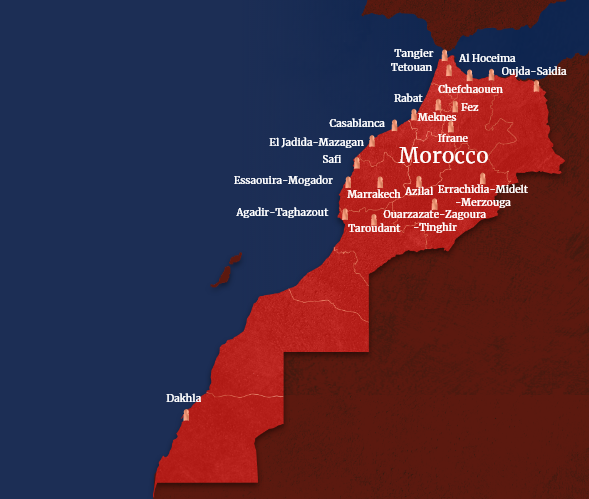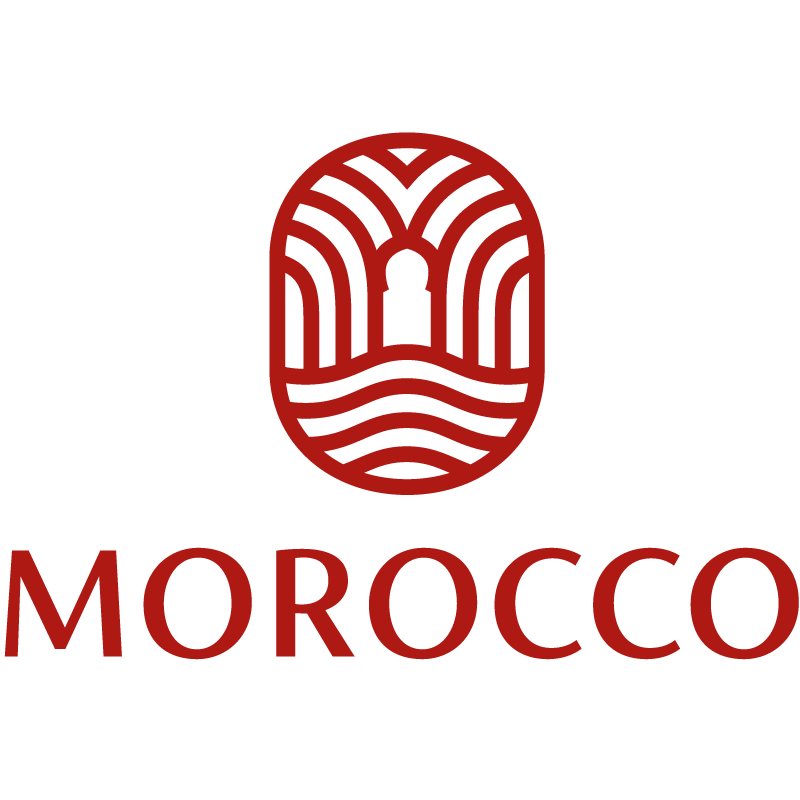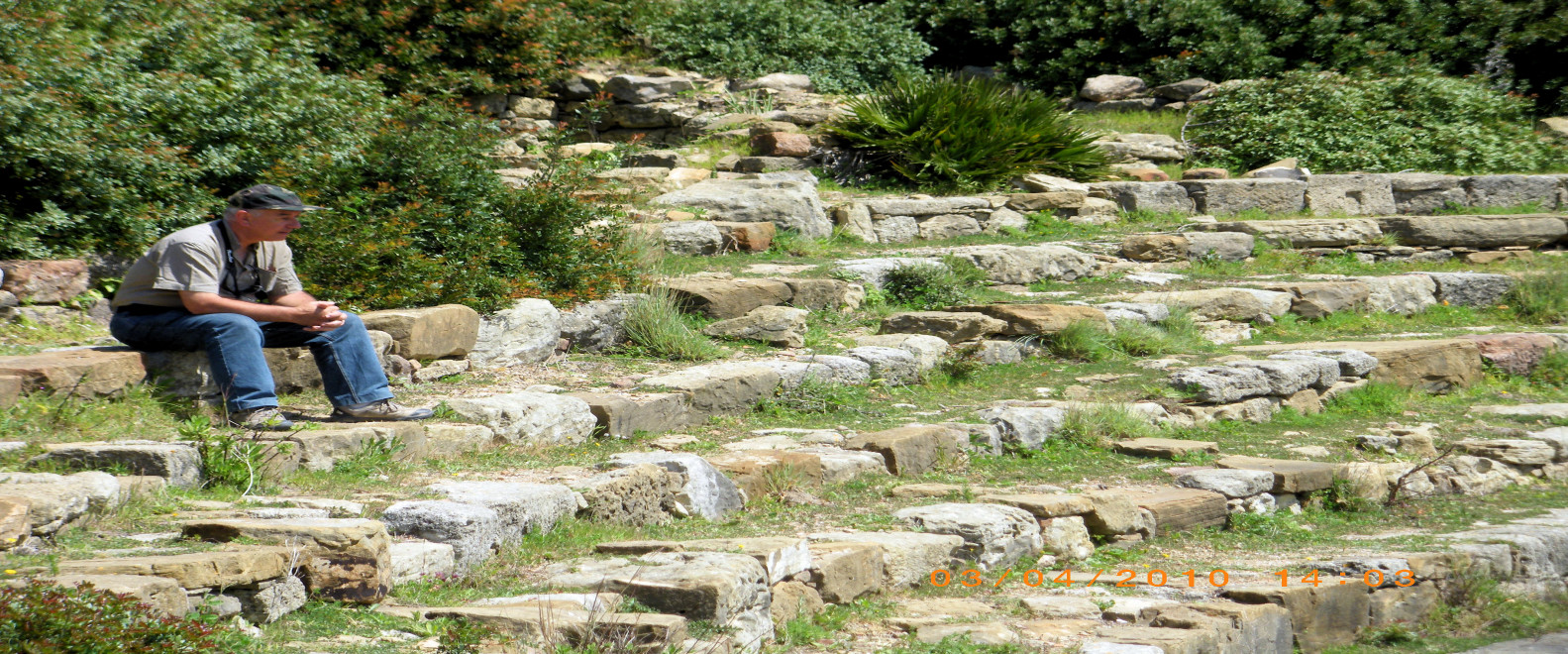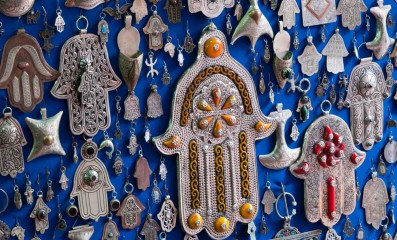Most places in Europe and North Africa fell under the influence of the Roman Empire, and Morocco is no exception. There are Romanic remains scattered across the kingdom, and the site at Lixus is one of the most impressive.
The Romans, however, weren’t the first power to live in these parts; the Phoenicians and Carthaginians both laid claim to this piece of real estate before the legionaries arrived. Some even claim that it’s actually the mythological Garden of the Hesperides where Heracles had to steal some golden apples.
When you visit Lixus today you’ll see a large hill covered with the weatherworn remains of the city. In places shattered columns still stand, in others there are just knee high stretches of white walls. But there are a few places that are far more intact: at the very entrance to the site you can see the garum pools, where fish were laid out prior to being mashed to a paste, ready for export to other corners of the Empire.
Further up the hills you can clearly see the remains of the public baths, including changing rooms, pools and even the ovens that were used to heat the water. There’s also a mosaic of Poseidon here, covered with soil to protect it.
Just past the baths is the Lixus amphitheatre where gladiators and lions used to battle for the pleasure of the people who watched from the banks of seats. It’s fun just sitting here and imagining what went on two thousand years ago. Only about 10% of the place is visible these days and it’s protected by a wall and guards, but for a small donation they’ll cheerfully take you on a tour – usually in French or Spanish. Or you can happily wander about on your own.
Despite its historical significance, Lixus is never very busy, and most of the time you can be exploring the site on your own.










